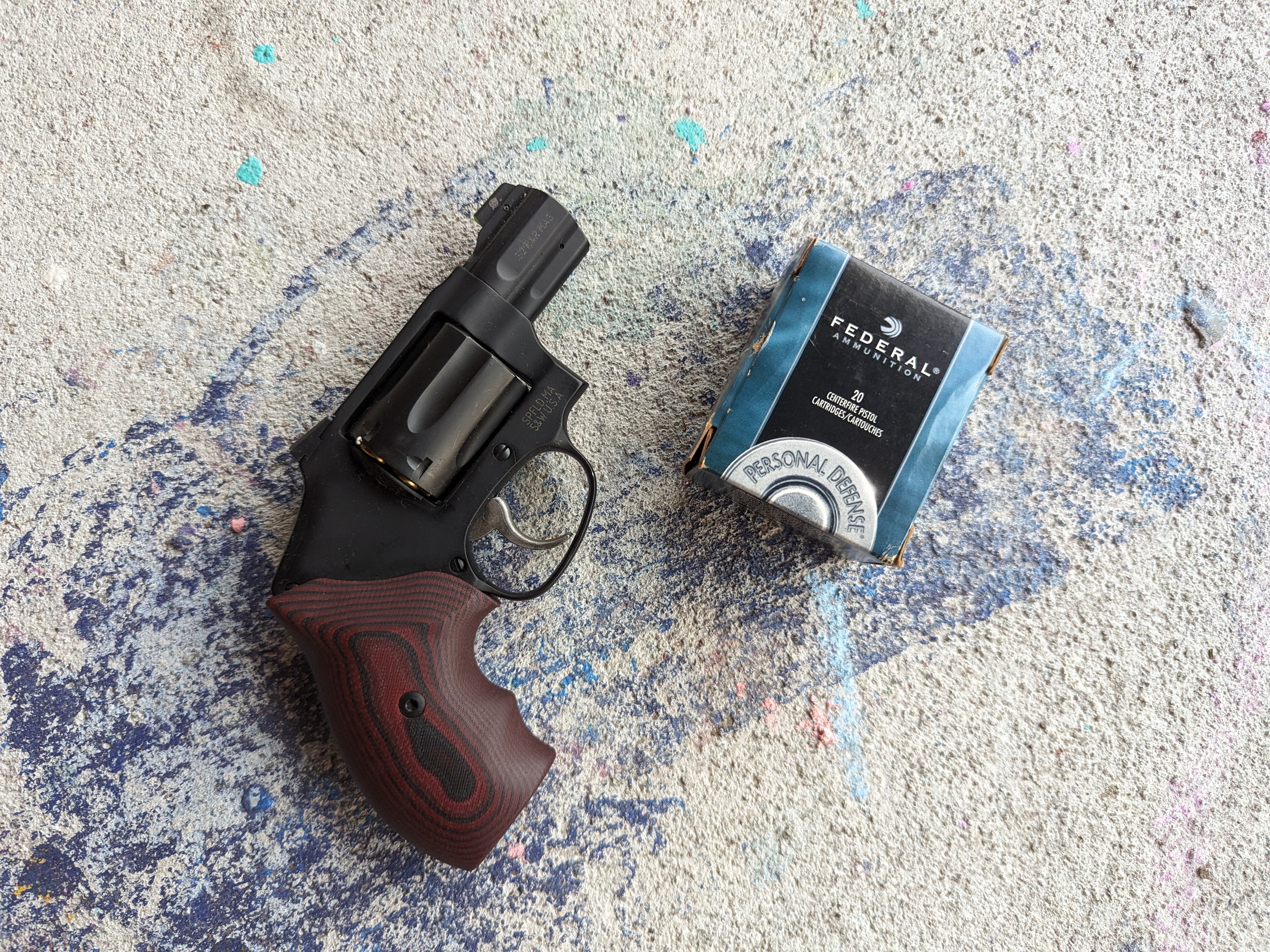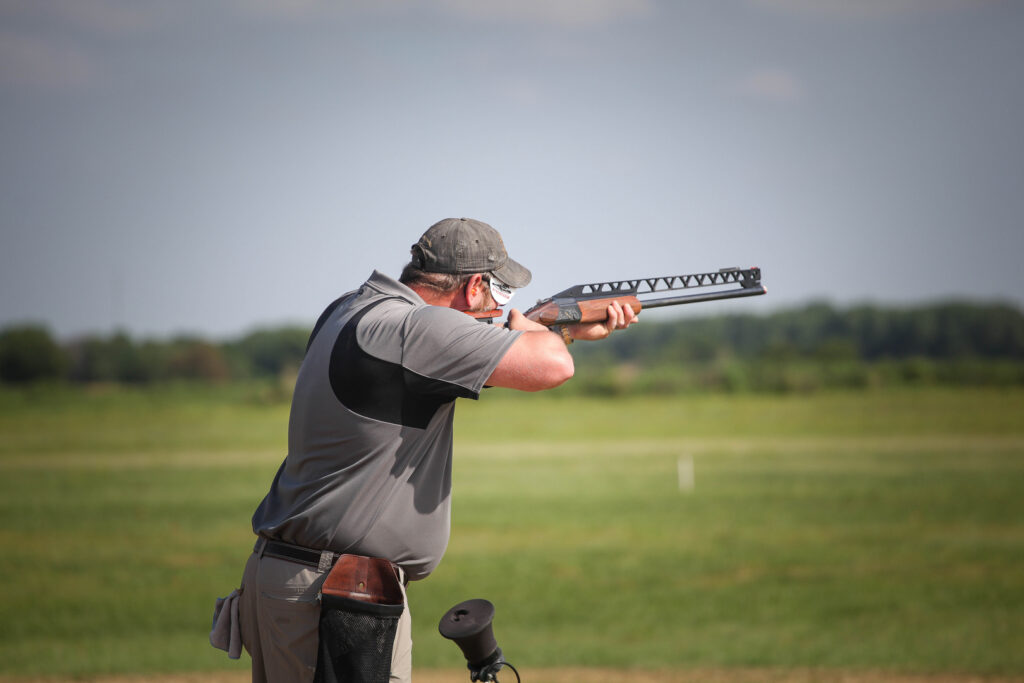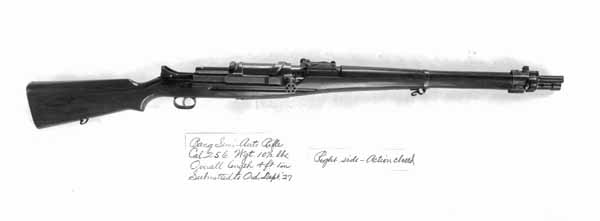The rise of the .32 is going to happen. At least, I think it will. As a fan of the .32 ACP, I’ve been researching the other .32 caliber cartridges and learned a bit more about the .32 H&R Magnum. Harrington and Richardson teamed up with Federal to produce the round in 1984. H&R had a simple idea. They took the .32 S&W Long cartridge and made it a little longer to increase the case capacity.
The .32 H&R Magnum was intended as a revolver round, and H&R, S&W, Ruger, Dan Wesson, Charter Arms, and others produced guns for the caliber, but the round never really took off. It faded into obscurity like plenty of rounds before it and plenty of rounds after it. These days, it can be tough to find expensive defensive ammo, but it is a lot easier than finding any form of cheap training ammo.
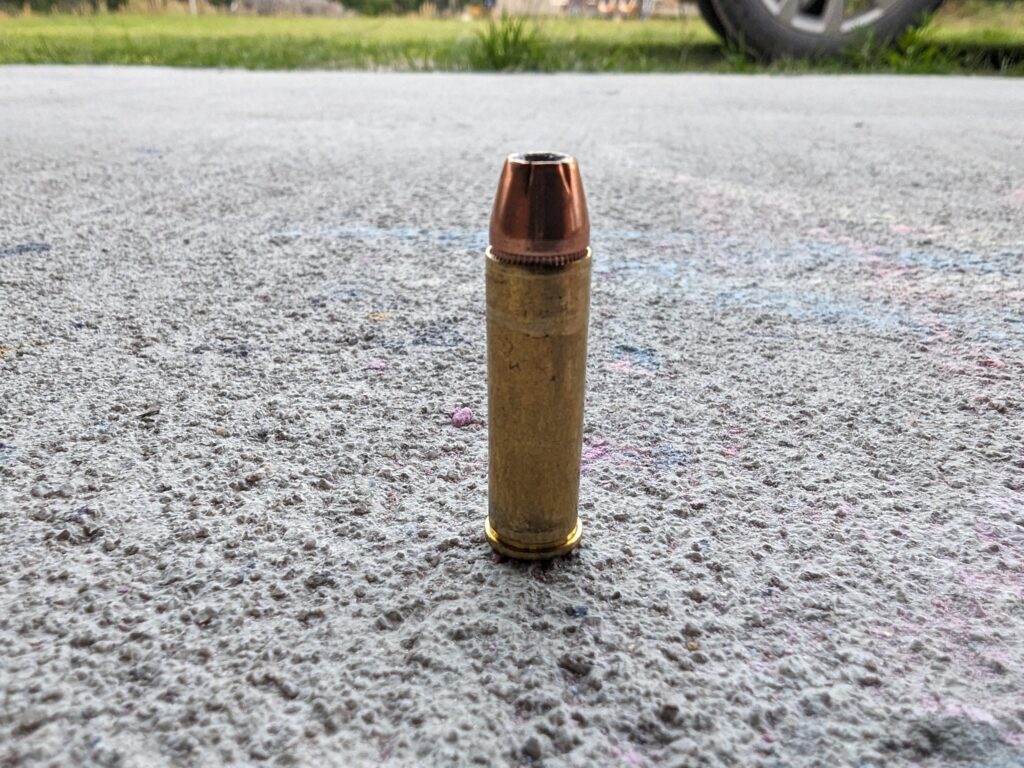
Advertisement — Continue Reading Below
The .32 H&R Magnum is a fast-moving, high-pressure revolver cartridge. With the right round, it can propel a 100-grain cartridge at 1,200 feet per second. Even with its respectable ballistic performance, it had a hard time beating the well-established .38 Special. It didn’t help that anything with .32 in the title is seemingly perceived as a useless mouse cartridge in the United States.
Today, I stand here to make the case for the .32 H&R Magnum as a self-defense cartridge and even say it’s the best option for snub-nose revolvers.
The .32 H&R Magnum – Superior Performance
The .32 H&R Magnum isn’t much different ballistically from the .30 Super Carry. They both have a very similar idea holding them up. When it comes to handgun cartridges, we only get one wounding mechanism, and that’s the wound created by the projectile itself. With handguns, we need the cartridge to penetrate to an adequate depth. The most commonly cited depth is at least 12 inches through properly calibrated ballistic gel. The .32 H&R Magnum can do that and does so with gusto.
Advertisement — Continue Reading Below
Second to penetration is expansion. The ability of the bullet to expand does two things. First, it makes a bigger hole, which is nice. More importantly, it allows the bullet to slow down and prevents overpenetration. The .32 H&R Magnum offers you enough speed to gain great expectations with the proper loads. With Speer Gold Dot, the projectile has been known to double in size.
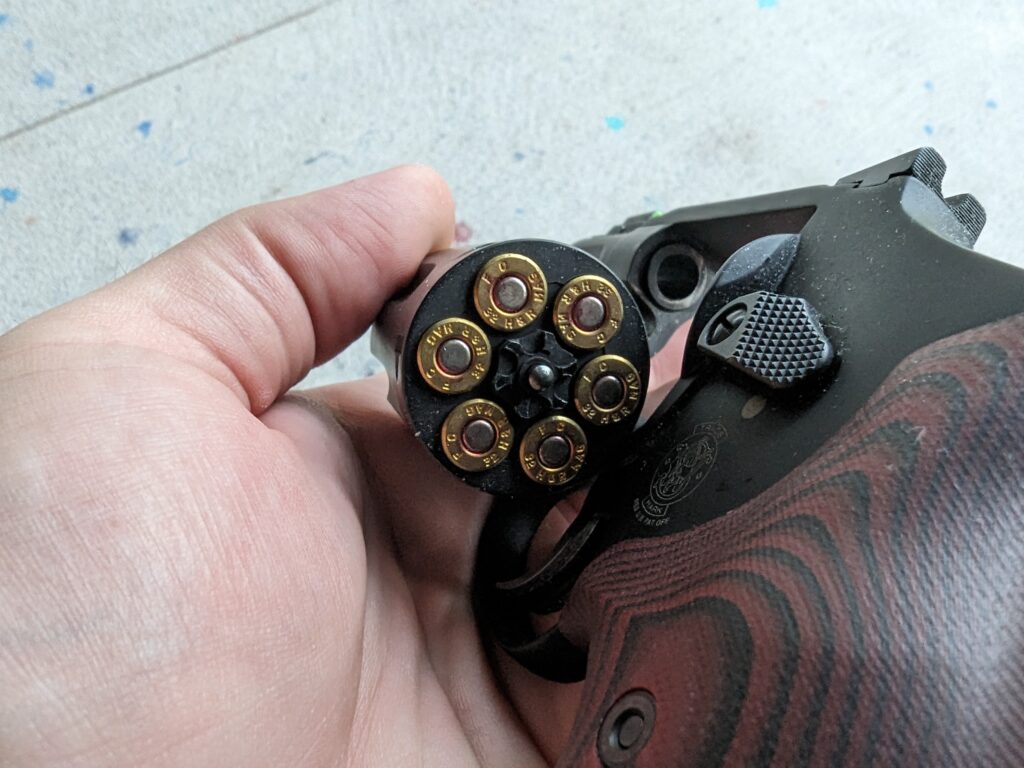
Most .38 Special and .357 Magnum snub nose revolvers can only hold five rounds. The slightly smaller diameter of the .32 H&R Magnum allows you to hold one extra round in the cylinder. One extra isn’t much, but it’s certainly worth noting.
Advertisement — Continue Reading Below
The varied .32 caliber cartridges have proven to be quite accurate, and the .32 H&R Magnum is not different. It’s a flat shooting and accurate cartridge.
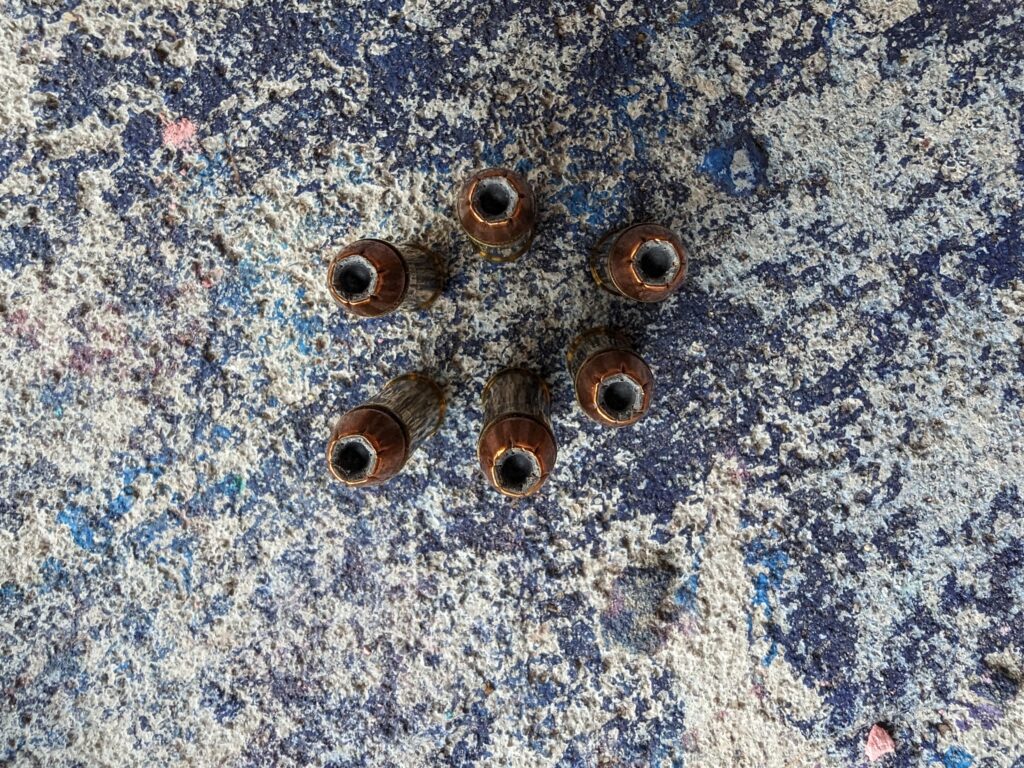
Finally, one of the biggest reasons I love this round is the minimal recoil it offers. Even the hot defensive loads are not painful or snappy. The gun doesn’t beat you up like an airweight .38 Special or, lord forbid, a micro-size .357 Magnum. Firing fast and accurate follow-up shots is plenty easy.
Advertisement — Continue Reading Below
What About the .327 Federal Magnum?
The .327 Federal Magnum is a good round, but in the genre of snub nose pistols, I don’t think it’s all that great. Yes, it does check the boxes for expansion and penetration and even great accuracy. However, it loses out when it comes to soft recoil. It’s much harder to shoot quickly and accurately compared to a .32 H&R Magnum. The cartridge also has massive concussion, noise, and what seems to be some real muzzle blast with defensive loads.

The .327 Federal Magnum gives up a big advantage over the .32 H&R Magnum without much to gain. It can penetrate deeper, but once we get an adequate level of penetration, how much more do we need? .32 H&R Magnum can make it through 14 to 20 inches through ballistic gel.
Advertisement — Continue Reading Below
The best thing about .327 Federal Magnum revolvers is that they can chamber the .32 H&R Magnum for a much more enjoyable experience. I think the cartridge didn’t get a fair shake, and it deserves a place in the waistbands and pockets of snub nose fanboys.
